Members save 10% or more on over 100,000 hotels worldwide when you’re signed in
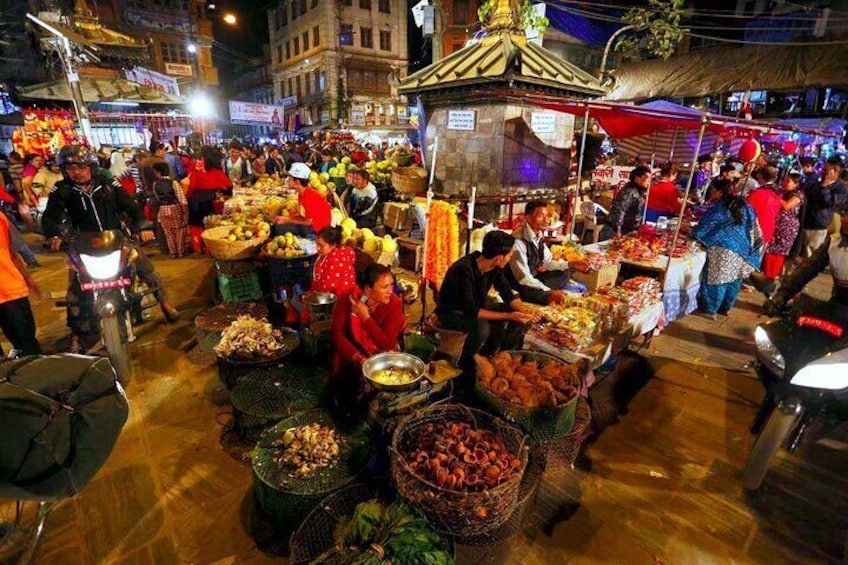
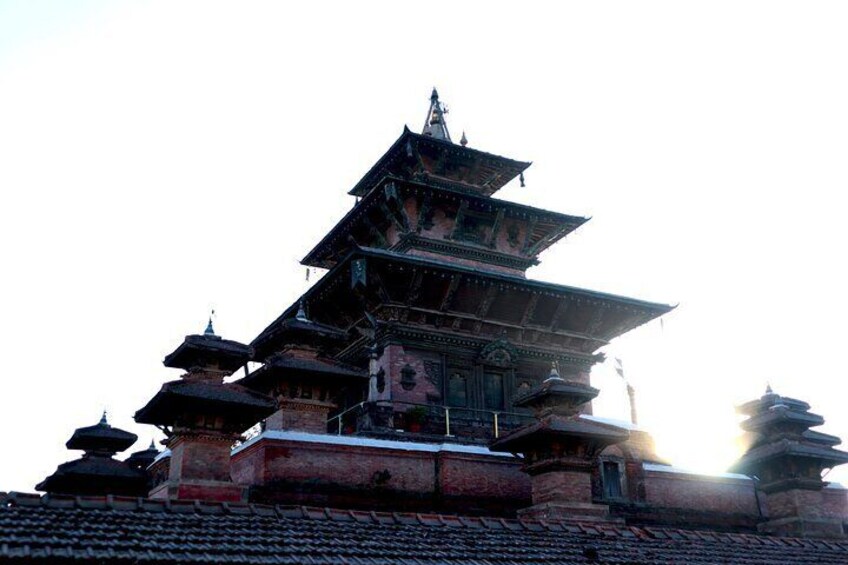
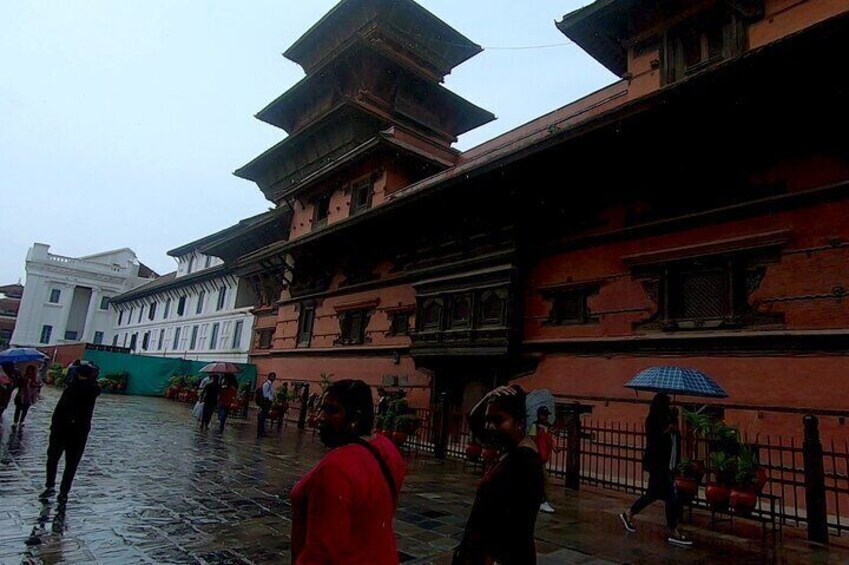
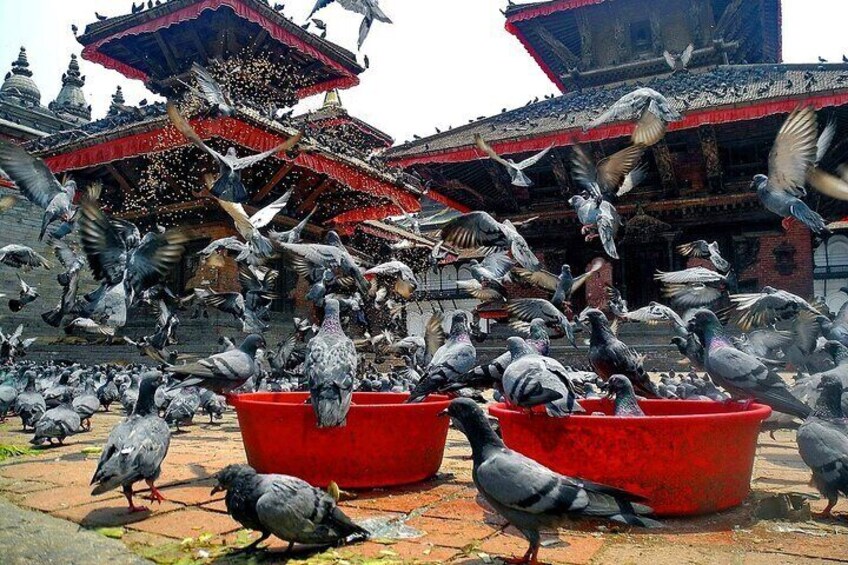
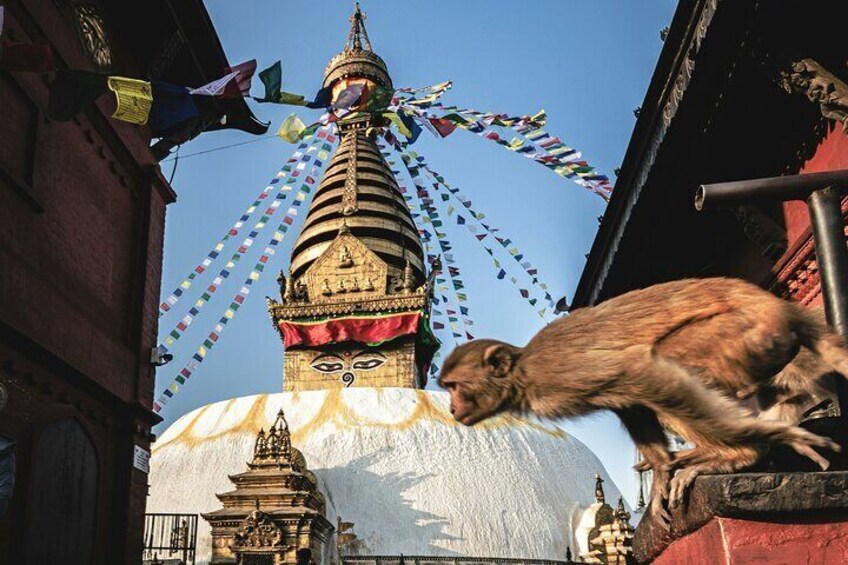
Kathmandu Bhaktapur Patan Authentic Local Tour +7 UNESCO WH Sites
Features
- Free cancellation available
- 3d
- Mobile voucher
- Instant confirmation
- Selective hotel pickup
- Multiple languages
Overview
Kathmandu, Bhaktapur, and Patan tour to explore each and every rare attractions of these ancient towns in Nepal led by professionally certified and experienced native experts from one of those three local Newar communities. In addition to all the local attraction visits you will be watching live renowned local dish (Juju Dhau) making session in Bhaktapur, traditional pottery art in Bhaktapur, religious idol carving sessions in Patan, and shopping experiences around Nepal's oldest market in Kathmandu. Our 3 days detailed tour offers distinctly premium travel experiences of those historic towns in Nepal with all 7 UNESCO world heritage site visit in the region. This trip is tailored to provide the most authentic local experiences of Kathmandu, Bhaktapur, and Patan while the normal trips only passes by the thin surface of diluted information in each cities. Learn, experience and feel the most authentic local vibes in world's renowned ancient towns of Nepal with locals as VIP guest.
Activity location
- Bhaktapur
- Bhaktapur, Nepal
Meeting/Redemption Point
- Bhaktapur
- Bhaktapur, Nepal
Check availability
Kathmandu Bhaktapur Patan Authentic Local Tour +7 UNESCO WH Sites
- 3d
- English
Pickup included
What's included, what's not
- Private transportation
- Air-conditioned vehicle
- All the entrance fees and environment management fees for attractions mentioned in itinerary.
- Professionally Certified and Experienced Local Tour Leader
- All Fees and Taxes
- A bottle of water per day per person
- Food (Guide will advise for the best experience)
- Accommodation (You can select from multiple brands and luxury options)
- Gratuity for service staffs(Expected)
Know before you book
- Service animals allowed
- Infants are required to sit on an adult’s lap
- Suitable for all physical fitness levels
- Public Toilets Available to Use
Activity itinerary
Day 1: Explore attractions of Bhaktapur with Juju Dhau making live session & optional local food tasting
- 8 stops
- Meals: Not included
- Accommodation: Not included
Bhaktapur
- 2h
Siddha Pokhari
- 30m
- Admission ticket included
Pottery Square
- 1h
- Admission ticket included
Bhaktapur Durbar Square
- 1h
- Admission ticket included
Bhaktapur
- 30m
Bhaktapur
- 1h
Dattatreya Temple
- 30m
- Admission ticket included
Bhaktapur
- 30m
Day 2: Explore attractions of Patan with wood carving live session & optional local food tasting
- 10 stops
- Meals: Not included
- Accommodation: Not included
Patan (Lalitpur)
- 30m
Pimbahal
- 1h
- Admission ticket included
Patan (Lalitpur)
- 30m
Golden Temple (Hiranya Varna Mahavihar)
- 1h
- Admission ticket included
Kumbheshwor Temple
- 30m
Patan Durbar Square
- 1h
- Admission ticket included
Patan (Lalitpur)
- 1h
Mahaboudha Temple
- 1h
- Admission ticket included
Oku Bahal Rudra Varna Mahavihar
- 30m
- Admission ticket included
Patan (Lalitpur)
- 1h
Day 3: Explore attractions of Kathmandu with Nepal's oldest Market & optional night life exploration
- 6 stops
- Meals: Not included
- Accommodation: Not included
Kathmandu Durbar Square
- 2h
- Admission ticket included
Swayambhunath Temple
- 1h
- Admission ticket included
Budhanilkantha
- 30m
- Admission ticket included
Buddha Stupa
- 2h
- Admission ticket included
Pashupatinath Temple
- 2h
- Admission ticket included
Thamel
- 5h
- Admission ticket not included
Location
Activity location
- Bhaktapur
- Bhaktapur, Nepal
Meeting/Redemption Point
- Bhaktapur
- Bhaktapur, Nepal